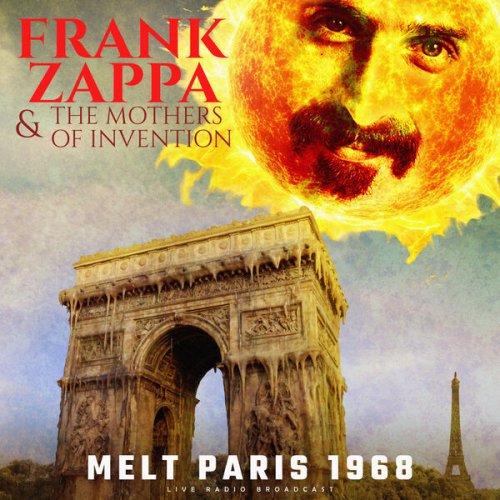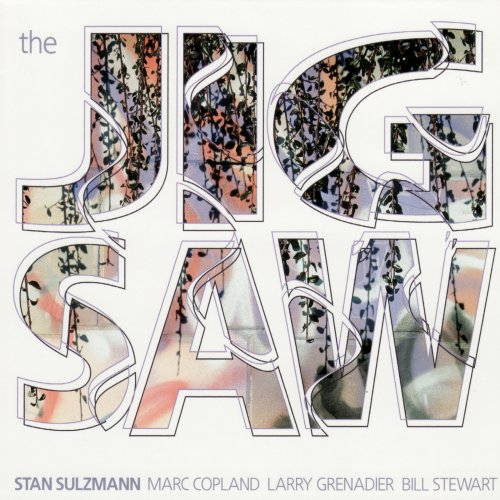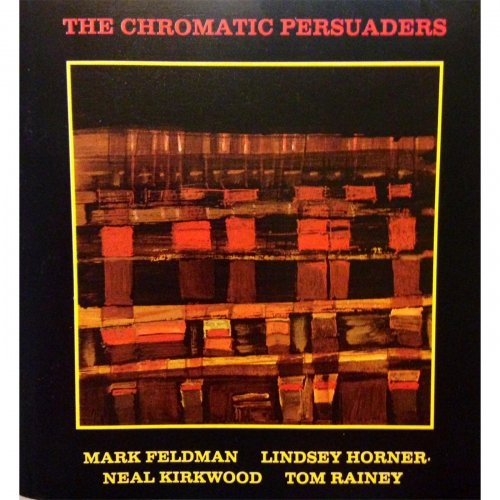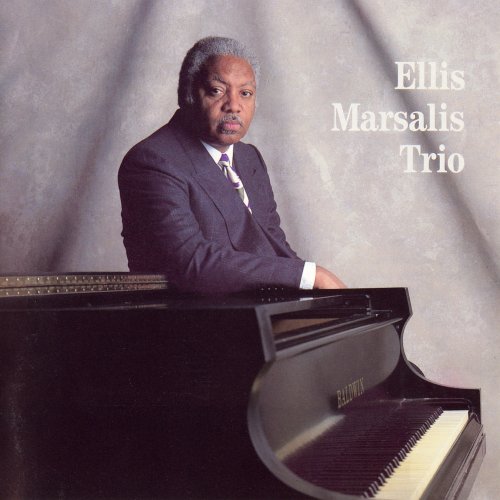Krysia Osostowicz, Susan Tomes - Gabriel Fauré: Violin Sonatas (1999)
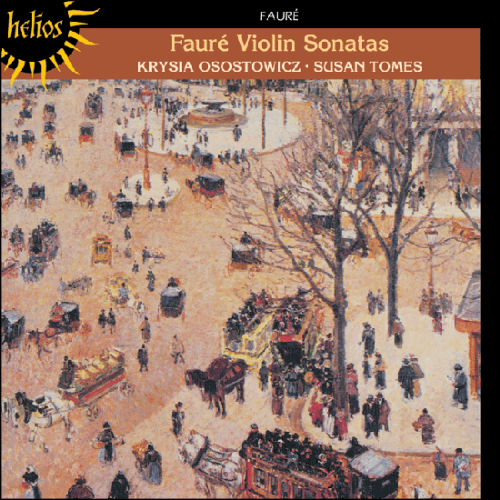
Artist: Krysia Osostowicz, Susan Tomes
Title: Gabriel Fauré - Violin Sonatas
Year Of Release: 1999
Label: Hyperion
Genre: Classical
Quality: FLAC (image+.cue,log,scans)
Total Time: 49:47
Total Size: 248 mb
WebSite: Album Preview
Tracklist: Title: Gabriel Fauré - Violin Sonatas
Year Of Release: 1999
Label: Hyperion
Genre: Classical
Quality: FLAC (image+.cue,log,scans)
Total Time: 49:47
Total Size: 248 mb
WebSite: Album Preview
Gabriel Fauré (1845-1924)
[1]-[4] Violin Sonata No.1 in A major, Op.13
[5]-[7] Violin Sonata No.2 in E minor, Op.108
Performers:
Krysia Osostowicz, violin
Susan Tomes, piano
Perhaps I should begin by reminding readers that Krysia Osostowicz (of Polish descent) and the Edinburgh-born Susan Tomes are founder members of Domus—the group whose debut recording of Faure's two piano quartets won them the Gramophone Chamber award in 1986. And once again these two artists affirm their very special affinity with this French composer. It is a record I can recommend without reservations for its style and conviction, as also for wholly natural tonal reproduction (Andrew Keener and Antony Howell) and discerning programme-notes (Richard Wigmore).
While equally enjoying both sonatas, I particularly admired them in the Second. Some four decades separate it from its more immediately engaging youthful predecessor, by which time Faure, now deaf, had moved into a more recondite world of his own. The first movement, in particular, betrays its war-time background and the composer's personal disquiet (the note reminds us that his son was away on active service). This the players convey a bit more urgently than the suaver Mintz and Bronfman on DG, never allowing too much relaxation of tension even in the ''consolatory calm'' (to quote Wigmore) of its third subject. I also think they are at once simpler and subtler in the closely interwoven strands of the effortlessly self-generating Andante. And how persuasively they capture the expansive ardour of the finale. They favour marginally faster tempos than their CD rivals. though never quite as fast as those of the eager Grumiaux and Crossley in their endearing old Philips recording (now, in close comparison, slightly betraying its age in too resonant an acoustic for the good of the keyboard).
The earlier A major Sonata again finds the newcomers supremely stylish in their fluid lyricism and emotional volatility. In the work's constant duetting they are as finely attuned as any two partners could ever hope to be as also in the mercurial exchanges of the scherzo. However, it was in this work that Mintz's tone struck me as more sensuously appealing than Osostowicz's (test it at the start of the Andante), and Bronfman's pianoa bit brighter than Tomes's on the Hyperion disc. But both teams are as finely balanced as they are mellifluous. Either of these discs will make every purchaser just as happy as the honey-toned Grumiaux and Crossley did in their own ardently affectionate way nearly 10 years ago.
While equally enjoying both sonatas, I particularly admired them in the Second. Some four decades separate it from its more immediately engaging youthful predecessor, by which time Faure, now deaf, had moved into a more recondite world of his own. The first movement, in particular, betrays its war-time background and the composer's personal disquiet (the note reminds us that his son was away on active service). This the players convey a bit more urgently than the suaver Mintz and Bronfman on DG, never allowing too much relaxation of tension even in the ''consolatory calm'' (to quote Wigmore) of its third subject. I also think they are at once simpler and subtler in the closely interwoven strands of the effortlessly self-generating Andante. And how persuasively they capture the expansive ardour of the finale. They favour marginally faster tempos than their CD rivals. though never quite as fast as those of the eager Grumiaux and Crossley in their endearing old Philips recording (now, in close comparison, slightly betraying its age in too resonant an acoustic for the good of the keyboard).
The earlier A major Sonata again finds the newcomers supremely stylish in their fluid lyricism and emotional volatility. In the work's constant duetting they are as finely attuned as any two partners could ever hope to be as also in the mercurial exchanges of the scherzo. However, it was in this work that Mintz's tone struck me as more sensuously appealing than Osostowicz's (test it at the start of the Andante), and Bronfman's pianoa bit brighter than Tomes's on the Hyperion disc. But both teams are as finely balanced as they are mellifluous. Either of these discs will make every purchaser just as happy as the honey-toned Grumiaux and Crossley did in their own ardently affectionate way nearly 10 years ago.


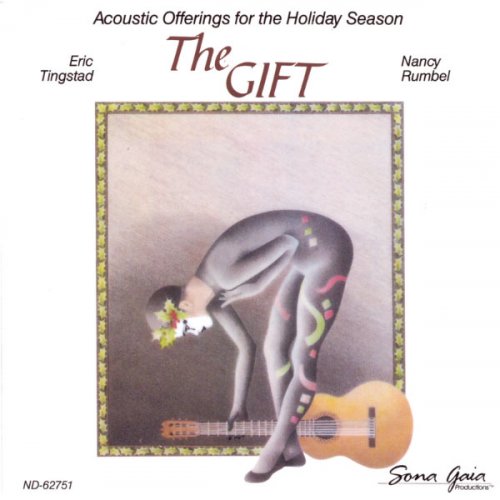

![Turma da Gafieira - Samba Em Hi-Fi (2022) [Hi-Res] Turma da Gafieira - Samba Em Hi-Fi (2022) [Hi-Res]](https://img.israbox.com/img/2025-12/25/uoi60ek915jn9jylif45ufqxd.jpg)
